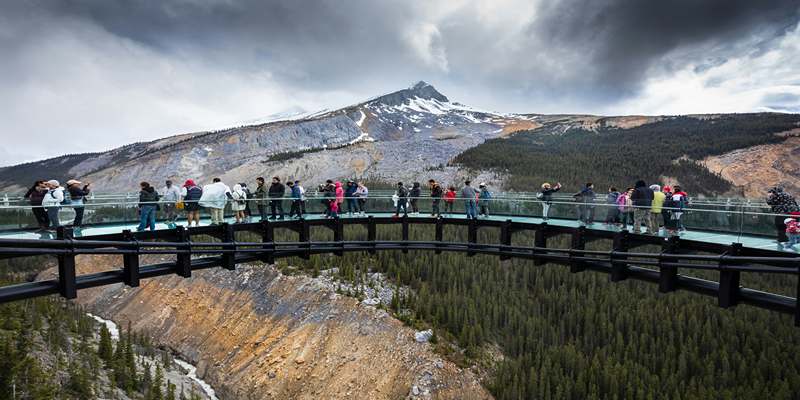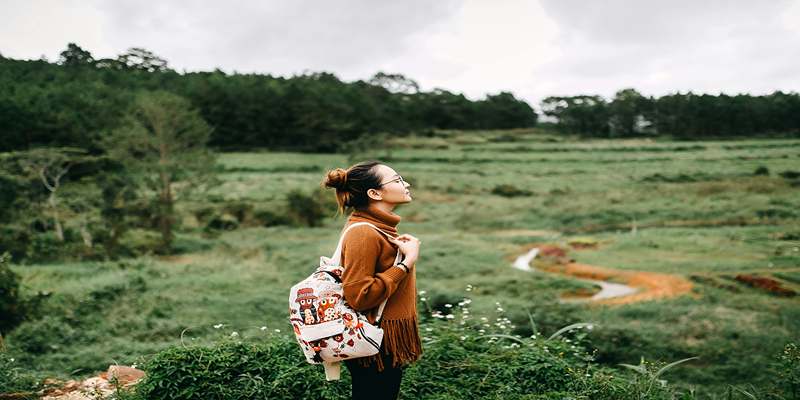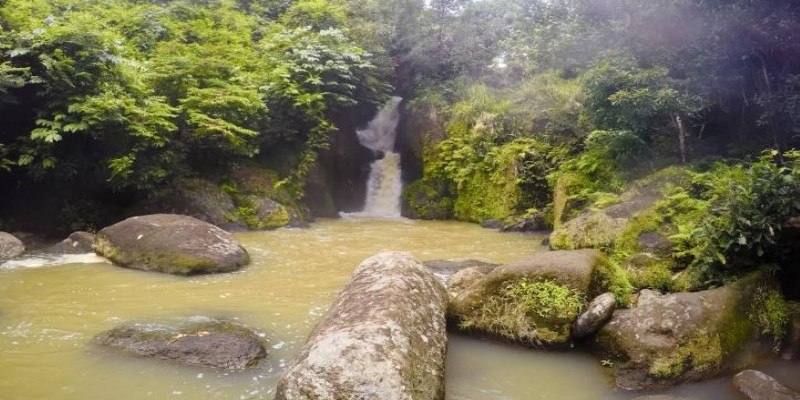5 Best Tourist Spots and Attractions in Zamboanga City
Zamboanga City is situated in the southern Philippines and has many names, including the “Latin City of Asia.”. This city is an excellent place to visit, as it has many historic places, beautiful beaches, and several places that you can only find in this city. These include visiting historical sites, learning more about indigenous culture, and if one is interested in beach bumming, then Zamboanga is the place to be. This article focuses on five tourist attractions and activities that you must do in Zamboanga City so that you can be well-equipped for your trip. The beautiful island has many sites and attractions, including pink sand beaches, cultural villages, and more.

Santa Cruz Island: The Enchanting Pink Beach
Unique Pink Sand Beaches
Santa Cruz Island is commonly referred to as Zamboanga City tourist attraction because of the pink sand that is rarely seen in other beaches. The bleaching is due to the red corals that are pulverized and combined with the white sand, making it pink. This natural marvel is one of the very few pink sand beaches in the world, and tourists from all over the world throng this place to see the wonder. It is surrounded, which means that it is still preserved, and its natural beauty cannot be compared to any. It is possible to visit the island only with special permission and under the supervision of local authorities. It has a calm environment, clean water, and stunning views, thus ideal for recreation and observing nature.
Guided Mangrove Tours
In addition to the beautiful beach, there are mangrove tours available in Santa Cruz Island where tourists will be able to see the various forms of wildlife the island has to offer. Boating through the green salt marshes, tourists can understand the role of these tidal forests as a shield of the coast from water and as a home for fish and other sea creatures. These involve the Sama-Bangingi people, whose tour involves teaching them about their traditional fishing and boat construction practices. Bird watchers can also identify those migratory birds that breed in the specific region.
Snorkeling and Marine Life Exploration
For those who like diving, snorkeling on the coast of Santa Cruz Island allows a close view of the colorful corals and many other marine creatures. There are fish, sea turtles, and many other species of water animals swimming in the water enveloping the island. It is more of a snorkeling activity led by local tour companies who are responsible for the safety and also embracing the marine environment. Visitors should respect the marine life by not touching the corals and should not be involved in any kind of activity that involves picking up shells and other marine beings. This activity is suitable for first-timers and advanced swimmers and is therefore one of the top things to do in Zamboanga for the nature adventure lovers.
Fort Pilar: A Glimpse into Zamboanga’s History
Historical Significance of Fort Pilar
Fort Pilar is a Spanish-era fort dated to the 17th century and has great historical and cultural importance in Zamboanga City. Originally constructed in 1635 by the Spanish, it was mainly used as fortifications against pirates and foreign intruders. Today, it serves as the reminder of the colonial history of the city and its ability to survive it. The walls and courtyards of the fort are in a relatively good state, which makes the tourists get to see the old-fashioned buildings and the history of wars. It has also become a place of worship, which also has an open-air chapel for Our Lady of the Pillar, the city’s patroness, making it a historical and religious site for the people of Puerto Princesa and tourists.

The National Museum of Zamboanga
Adjacent to Fort Pilar is the National Museum of Zamboanga that showcases the artifacts, historical and cultural items, and other displays. The museum displays indigenous materials, arts, tools, and other artifacts that provide historical background of Zamboanga during the Spanish colonization. It gives the visitors information about the origin of the Chavacano, which is a mix of Spanish and native languages, and the importance of trading routes as a means of revenue in the area. This makes the museum a learning institution that enhances the knowledge of the visitor about the cultural and historical background of Zamboanga and, therefore, a place of interest to people with historical interests.
Religious and Cultural Events at the Shrine
There is a church that is famous for being a shrine of Our Lady of the Pillar, where many go to pray. This site is especially important during the celebration of certain events that are expected to be grand, like the feast of Our Lady of the Pillar, which is a popular event that draws in thousands of visitors. They can also watch the candle lighting, procession, and singing of Chavacano songs that are part of the rituals.
Yakan Weaving Village: Preserving Indigenous Artistry
Introduction to Yakan Culture and Weaving
The Yakan Weaving Village in Zamboanga City is a center that highlights the skills of the Yakan people in weaving, who belong to the indigenous people of the Philippines. One of these villages is focused on the traditional weaving, and during the visit, people can see skilled craftsmen using traditional techniques to dye and create colorful fabrics.
Demonstrations of Traditional Weaving Techniques
Visitors to the Yakan Weaving Village can witness firsthand the meticulous process of weaving using handlooms. The demonstration showcases how skilled weavers transform cotton threads into intricate patterns with bold colors. Each design holds meaning, often inspired by natural elements like waves, mountains, and trees.
Purchasing Authentic Handwoven Souvenirs
After exploring the weaving process, visitors can purchase authentic Yakan textiles as souvenirs. These handwoven fabrics are often crafted into scarves, bags, table runners, and traditional clothing. Buying directly from artisans supports their livelihood and helps sustain the indigenous weaving industry. Many travelers consider Yakan textiles as meaningful souvenirs, as they reflect the rich artistic heritage of Zamboanga.
Conclusion
From the stunning pink sands of Santa Cruz Island to the historical significance of Fort Pilar, each site provides an enriching experience. The Yakan Weaving Village adds a cultural touch, allowing visitors to appreciate indigenous artistry. Whether you're looking for adventure, history, or relaxation, these Zamboanga City tourist spots cater to every traveler’s interest. Exploring these attractions ensures a memorable journey through the heart of Asia’s Latin City.












